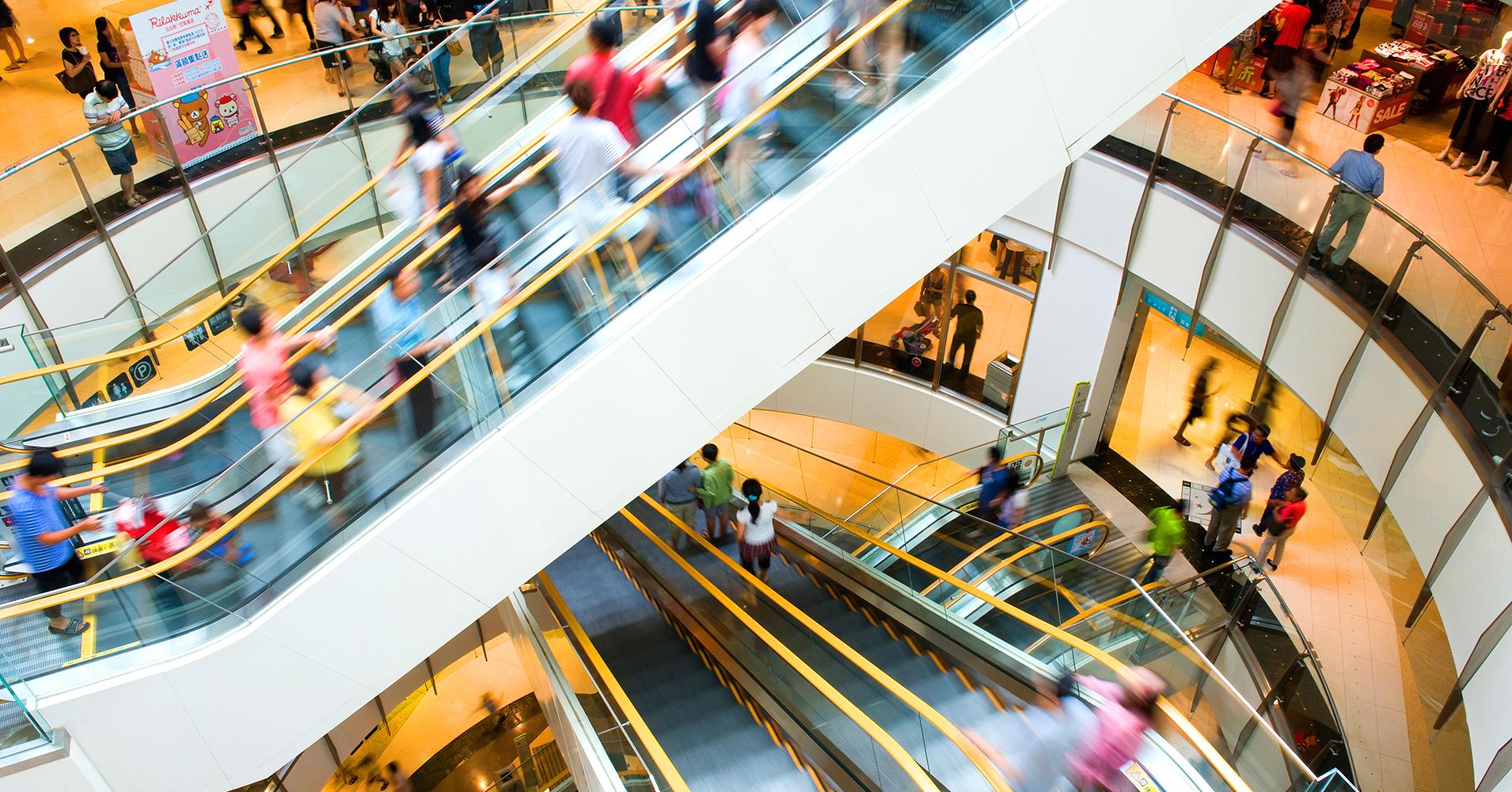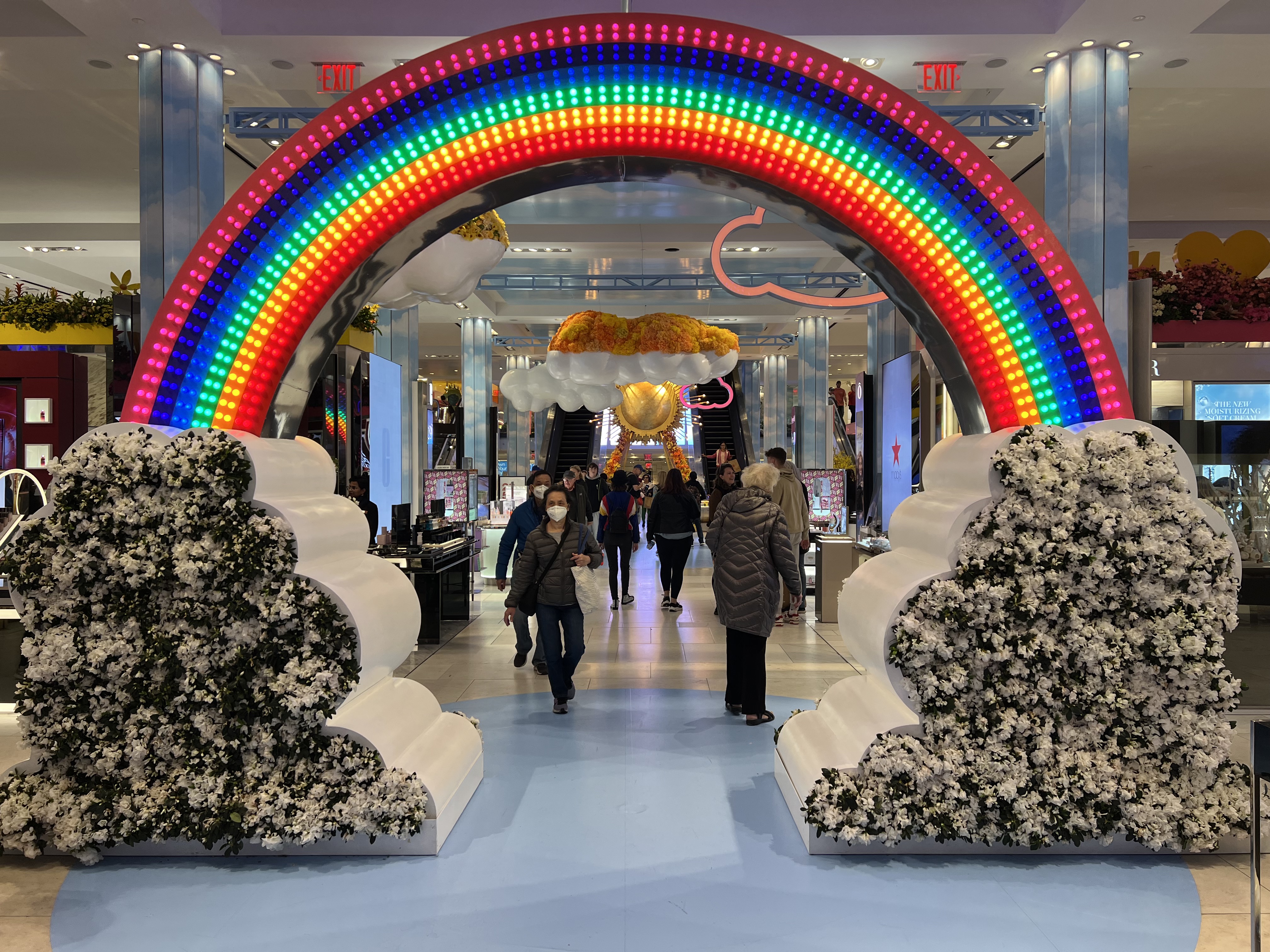The Digital Acceleration of Luxury
Luxury retail is undergoing a significant transformation in the digital age. The definition of luxury has evolved, placing a greater emphasis on what it means for an individual experience and the notion of exclusivity. As a passionate devotee of luxury fashion shopping, I believe that brands must adapt and leverage digital technologies to cater to affluent customers' changing preferences and expectations. Today I want to explore the new definition of luxury, the expansion of this retail segment, the role of digital technologies — and not just digital signage — in its evolution, and the paramount importance of personalization and the human touch. And I’ll also share a few tidbits about my favorite luxury brand, Chanel.
Redefining Luxury
Luxury, from my experience and point of view, is the perfect amalgamation of exceptional quality, impeccable taste, and exceptional service. However, luxury is no longer defined solely by brand obsession or conspicuous consumption. Today, luxury is an individualized and personalized experience, reflecting each customer's unique preferences and identity. This shift has reshaped the way luxury is perceived and experienced, moving away from simply joining a community of brand enthusiasts to becoming a representation of one’s authentic self.
Extreme personalization has become a key differentiator in luxury retail. Brands now recognize the importance of catering to their customer's individual needs and desires. As a high-end consumer myself, I appreciate brands that go the extra mile to understand my preferences and curate offerings aligned with my unique tastes. Digital technologies play a crucial role in delivering this level of personalization, enabling brands to gather data and insights to anticipate and fulfill customers’ needs. From customized styling appointments to tailored recommendations, personalization has become a driving force behind the luxury retail experience.
The expansion of luxury up, down and across
Luxury retail is no longer confined to traditional boundaries. Brands are venturing into unexpected territories, such as teaming up with other retailers, celebrities, and even high-end hotels or featuring boutique stores within unique settings. This expansion not only enhances the brand’s visibility but also offers customers access to luxury in unconventional ways.
For example, Chanel continues to raise the bar for luxury and exclusivity, allowing top clients to rent their own private showroom. At The Chanel Boutique on 57th Street in New York City, an entire floor is dedicated to a personalized showroom experience, a level of personalized service that simply didn’t exist ten years ago.
Collaborations and partnerships have also emerged as powerful strategies to create exclusive and limited-edition offerings that go beyond the typical notions of luxury. For example, pairings like Porsche and Hugo Boss, Puma and Jay-Z, and Nike and Apple — all of these showcase the dynamic and diverse nature of luxury collaborations across multiple brands.
Luxury has also reinterpreted itself to become more accessible to the masses. Brands like Target are encroaching on the luxury experience with their own “boutique” labels, forcing high-end luxury to up its game, elevate its offerings, and become even more luxurious.
So, luxury has reached up. Luxury has reached across. It has reached down. It’s more accessible than ever, but there are ways that are challenging the industry to deliver it more exclusively.
The role of digital technologies in delivering the new “luxury”
As in every aspect of our lives, digital technologies are revolutionizing the luxury landscape, enabling brands to elevate the customer experience by integrating digital elements seamlessly into the luxury environment. From beautifully designed digital displays to connected platforms in fitting rooms, technology enhances the high-end luxury experience without detracting from the human touch. These digital innovations give customers greater control over their environment, personalized recommendations, and access to curated content and styling guidance. By leveraging technology, luxury brands can create immersive and unforgettable experiences that resonate with their affluent clientele.
Pointing to the Chanel Brand again, its visual merchandising strategy is to bring gorgeous digital runway experiences directly to the showroom, directly to the store. Its content is simple digital storytelling, but it’s beautifully art-directed and beautifully architected. Its digital screens don’t look like televisions simply stuck on the walls; each one is mounted and recessed with beautiful millwork and stunning finishes. It looks every bit like it was intentionally and purposefully crafted as part of one unified, immersive experience. The content, storytelling, furnishings, lighting and context all come together in a magical way. That’s just part of how a company like Creative Realities guides Chanel to deliver luxury experiences, one screen at a time.
The impact of digital technologies extends beyond fashion to other retail segments, including the world of luxury automotive. Automakers and dealerships are embracing digital elements to transform the showroom experience. Personalized tablet-based experiences, immersive video presentations, and connected platforms empower customers to explore and customize their dream vehicles. Creative Realities’ work with Stellantis Alfa Romeo includes many of these features. The goal is to provide a luxurious and tailored experience that aligns with customers’ preferences, elevating the perception and value of the brand.
Luxury digital experiences: a new level of personalization in-store and online
One of the greatest advantages of digital technologies in luxury retail is its ability to gather and analyze vast amounts of customer data. This data holds valuable insights into individual preferences, shopping habits, and trends. Brands can leverage this data to create targeted marketing campaigns, improve store inventory management, and enhance the overall customer experience. By harnessing the power of data analytics, luxury brands can deliver personalized offerings that resonate with customers on a deeper level, fostering long-term loyalty and engagement.
But today’s personalized luxury can’t end when a customer leaves the checkout counter. In a world where e-commerce continues to grow, brands must adapt their online presence to reflect the exclusivity and personalization associated with their brand. High-end consumers seek seamless digital experiences that replicate the personalized attention they receive in physical stores. Virtual styling consultations, augmented reality try-on, and personalized product recommendations — based on the same type of data used for creating luxury in-store experiences — are just some ways brands can meet these expectations. By creating an online environment that is both luxurious and tailored, brands can engage with customers on a global scale and expand their reach.
Balancing digital innovation with the human touch
While digital technologies may be transforming luxury retail, it’s crucial to maintain a balance between technology and the human touch. The essence of luxury lies in the personal connections and exceptional service knowledgeable staff provide. A self-service online shopping cart is not the same as somebody bringing you a glass of wine and rolling in a whole rack of clothes, after all, and a digital receipt is not the same as getting a folded receipt in a branded envelope with a handwritten thank you.
Brands must ensure digital innovations enhance and complement the human touch rather than replace it. Integrating technology into the luxury retail experience can empower employees with valuable tools and insights to deliver personalized service, resulting in a truly memorable and exclusive customer journey.
Back to the Chanel use case, we created a connected platform that gives guests control of the fitting room’s lighting choices, cooling choices, sound, audio volume and playlists — or guests can plug in their mobile device to listen to their own music. It’s integrated into a discreet panel rather than a huge flashy screen, understated and elegant. Most importantly, though, it features an integrated attendant call button, which the shopper can press for an attendant to come in and swap out items, take measurements, and deliver refreshments — just about anything you could want that only a human can provide.
Today’s high-end luxury is not just about the product or about overt displays of technology. It’s about the unmistakable feeling the combined experience delivers, and that includes personalized service.
Digital should enhance — vs overwhelm — the luxury experience.
As the digital age reshapes the definition of luxury, personalization has become a vital aspect of the customer experience. Luxury brands must embrace digital technologies to deliver tailored offerings, enhance customer service, and create immersive environments. By seamlessly integrating digital elements into the luxury landscape, brands can provide exclusive, personalized experiences that resonate with discerning customers.
The future of luxury lies in striking a harmonious balance between digital innovation and the timeless allure of exceptional quality, impeccable taste, and exceptional service. As the industry continues to evolve, digital acceleration will remain a driving force in shaping the very future of luxury retail.
Share this
You May Also Like
These Related Stories

Is the Future of Physical Retail DIY?

Why Retailers Need to Be Creating Memorable Guest Experiences and How To Do It

